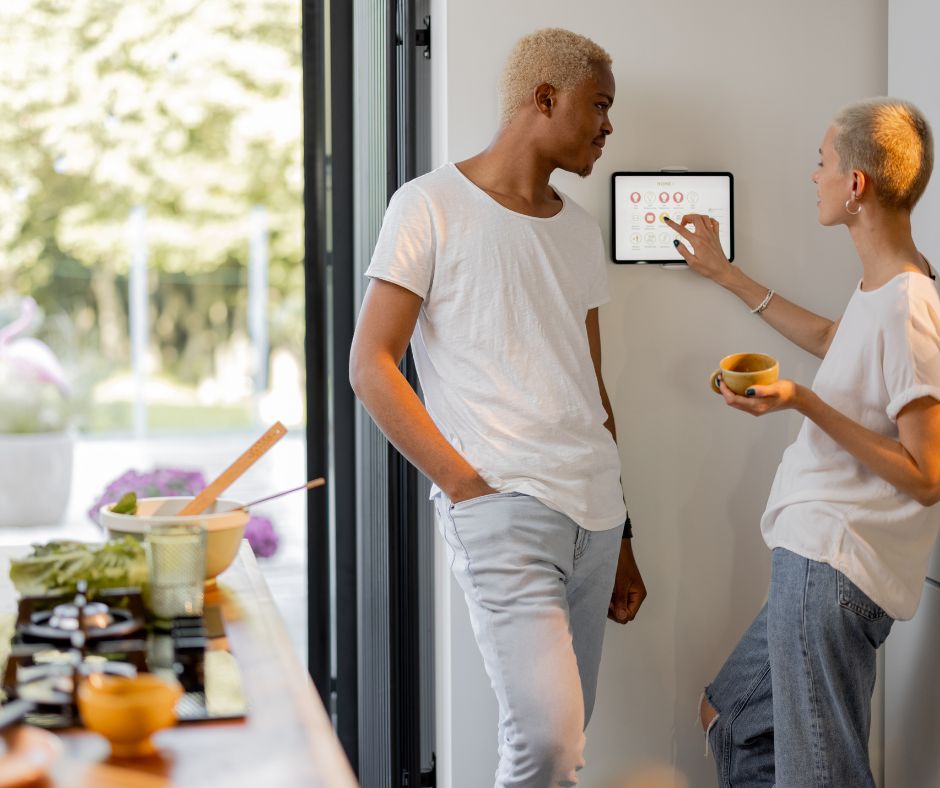Reverse Cycle Ducted Heating And Cooling
Need To Replace Your Old Gas Heating?
Save between $3K – $5K with the VEU rebate
Beyond Heating and Cooling uses only in-house certified installers — Never Subcontractors.
We’re VEU approved and install top-tier brands that are trusted and will last.
Contact us to get your
FREE ONSITE QUOTE
Request A Free Quote
Installing Reverse Cycle Ducted Heating And Cooling For Your Melbourne Home
Beyond Heating & Cooling is a reputable provider of refrigerated reverse cycle ducted heating and cooling systems in Melbourne. They specialize in offering top-quality air conditioning solutions from trusted brands such as Braemar, Fujitsu, Mitsubishi, and more. With reverse cycle ducted heating and cooling, homeowners can enjoy the benefits of a comprehensive heating and cooling system that provides complete climate control throughout their homes.
Reverse Cycle Ducted Heating and Cooling
If you’re looking for a reliable refrigerated reverse cycle ducted heating and cooling system in Melbourne, Beyond Heating & Cooling is the perfect choice.
They have a proven track record of providing high-quality air conditioning solutions from renowned brands like Braemar, Fujitsu, and Mitsubishi. Reverse cycle ducted heating and cooling is an excellent option for homeowners who want an all-in-one heating and cooling system that can efficiently control the temperature of their entire home.
With this type of system, you can enjoy complete climate control and stay comfortable all year round.

Reverse Cycle Ducted Heating and Cooling Benefits
Is Reverse Cycle Ducted Heating and Cooling
Efficient?
Yes, reverse cycle ducted heating and cooling is highly efficient. In Australia, all ducted air conditioning systems must meet minimum energy performance requirements. Typically, one kW of electricity produces at least 3 kW of heating/cooling capacity. The energy efficiency of your system will depend on the specific model you choose. At Beyond Heating & Cooling, we can recommend an energy-efficient system that will help reduce your overall electricity costs.
Does Your Home Need the Right
Heating and Cooling Options?
Is Ducted Heating and Cooling Worth the Price?
Reverse cycle ducted air conditioning is an efficient and effective heating/cooling solution.
But before spending thousands of dollars installing a ducted system, we can help you compare the cost with other cooling/heating options.
We can also discuss a split systems or an evaporative cooling system. We will always give to the right advice.
Costs of Reverse Cycle Ducted Heating and Cooling
The cost of a reverse cycle ducted heating and cooling system installation varies depending on factors such as the number and size of rooms. Beyond Heating & Cooling provides a detailed quote after inspecting your home. We offer a range of systems to choose from and provide 12 months interest-free on all ducted systems


How Much Does it Cost to Run?
The running costs for a reverse cycle ducted air conditioning system are influenced by factors such as the size of your home, the efficiency of the system, the temperature set point and how often it’s used. We can advise you on how to use your system efficiently to help minimize running costs.
The running costs for a reverse cycle ducted air conditioning system vary according to:
PRO TIP – Here are some proven tips to keep running costs down:
Does Your Home Need the Right
Heating and Cooling Options?
Things to Consider When Installing Reverse Cycle Ducted Heating and Cooling
When installing reverse cycle ducted air conditioning, there are a few things you need to consider.
There’s a big difference between installing this type of system in a new home and an existing home.
For an existing home, you need to be clear about the following things before getting quotes for installation:


